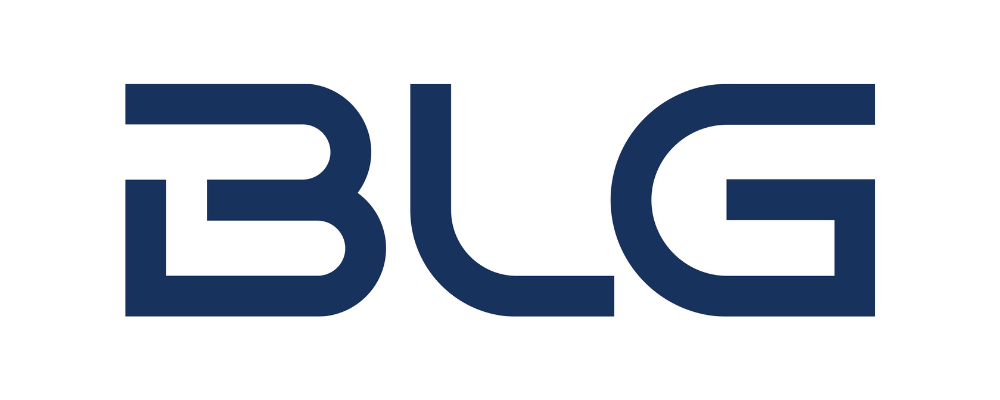The simmering trade war launched by the U.S., Canada’s closest trading partner, is pulling Canadian producers in different directions.
On the one hand, Canadian businesses are concerned – and rightly so – that their exports to the U.S.–protected by bilateral and regional trade agreements for nearly forty years – may soon be subject to hefty tariffs.
On the other, there is growing – and unprecedented – consumer demand for “Canadian” products. Many companies are showcasing their support by advertising their products with Canadian country of origin claims, such as “Product of Canada”, “Made in Canada”, etc.
What is to be done?
Companies engaged in international trade – especially in the North American context – are already keenly aware of origin rules. Domestic producers, for their part, routinely come into contact with labelling requirements.
It must be kept in mind that the rules for determining “country of origin” and markings for customs and tariff treatment purposes are distinct from those governing “Canadian” product labelling claims. This means that:
- just because a product can use certain domestic Canadian claims, such as “Distilled in Canada” or “Roasted in Canada”, it does not mean that the product would be considered of Canadian origin for U.S. customs purposes, which could depend – in the examples given – on the origin of the product’s ingredients. For more on country of origin claims for customs purposes, see “Country of Origin for Customs Purposes”; and also
- when it comes to product labelling, domestic sellers should be mindful that “Canadian” product labelling claims have nuanced meanings, they are subject to various laws and regulations,1 and the penalties for false or misleading “Canadian” product labelling claims are potentially significant.2 Also, different considerations apply to different types of claims. For instance, a “Made in Canada” claim is different from a “Product of Canada” claim. A product may be “Made in Canada” even if it contains imported components or ingredients. For more information on “Canadian” claims see “Product of Canada” vs “Made in Canada” – What are the requirements for Canadian country of origin claims?.
The upshot is, a “Made in Canada” claim would not necessarily mean that the product is wholly Canadian or that it would be subject to the U.S. tariffs on Canadian goods, should they come into effect.
Navigating the various country of origin issues is not that simple. For more guidance and information on dealing with these issues, please reach out to any member of our Advertising & Marketing and International Trade teams. Our deep bench of experts is well equipped to advise on consumer product labelling requirements, tariff mitigation and origin determination.
By Borden Ladner Gervais LLP “BLG” >>
“As Canada’s law firm, BLG provides high-value advice and advocacy to address our clients’ business challenges and problems. We go beyond legal to anticipate, consult and advise in a rapidly changing digital world.
We have extensive experience acting in specialized and complex deals and disputes. Vigilant, curious and collaborative, we harness technology and innovation to offer our clients exceptional service and value.
With 800+ lawyers across Canada, we serve clients throughout North America, Europe, and Asia. Offering expertise in intellectual property, disputes and corporate transactional matters, our connectivity gives our clients the next-level service required to achieve success in complex and international matters.”
Please visit the firm link to site


